We’ve spent the past week in the company of 6 other intrepid trekkers hiking around Mt Fuji with Mountain Trek guides Ted Taylor and Kirkland Shave. Mountain Trek is a hiking and health spa retreat just outside of Nelson, British Columbia where we’ve enjoyed some fantastic hiking in the past. Each year, Mountain Trek leads an international adventure trek. This year’s trek dovetailed nicely with the rest of our Asia adventure, so we joined in.
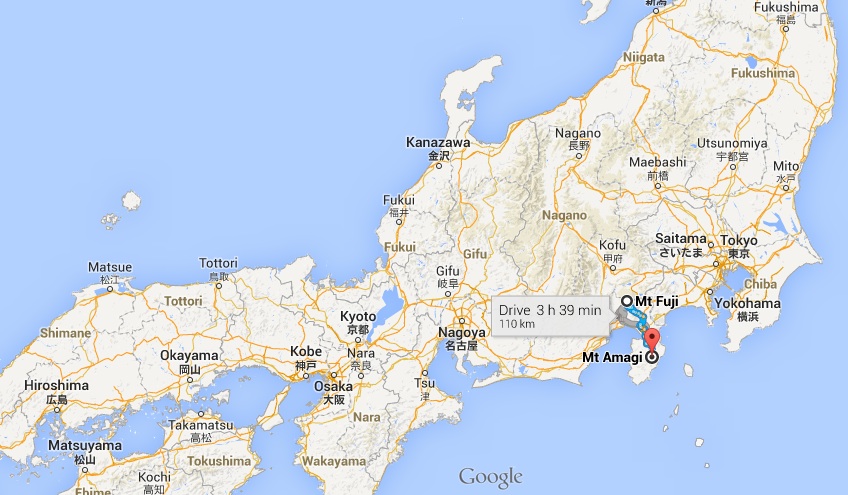
The trek was timed specifically for the best chance of seeing the Sakura (cherry blossoms) and wow, did they get it right! We have experienced Sakura at their peak everywhere we traveled.
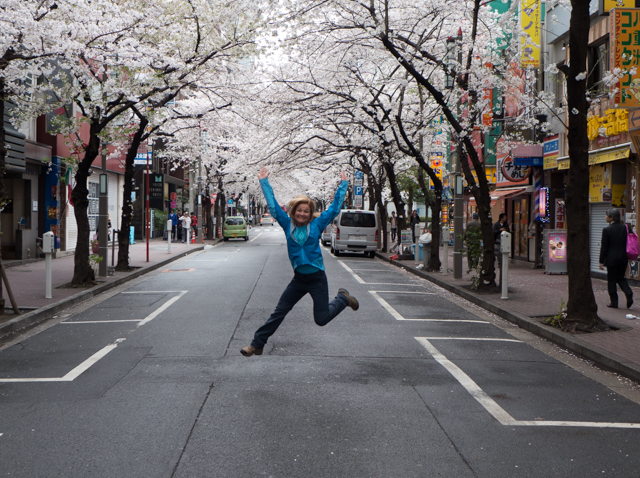
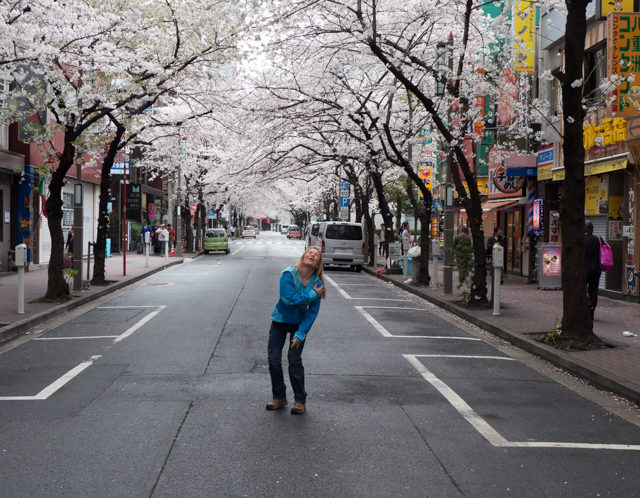
The trek was also timed to see Mt Fuji in its snow-covered glory, and again, mission accomplished. Summer hiking would have meant greener landscapes in the forests and on the hills, but to see Mt Fuji fully snow-capped has been a special treat.
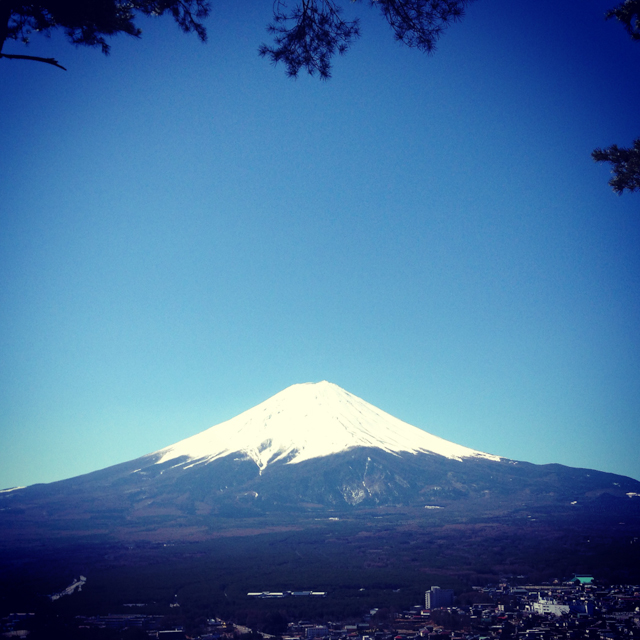
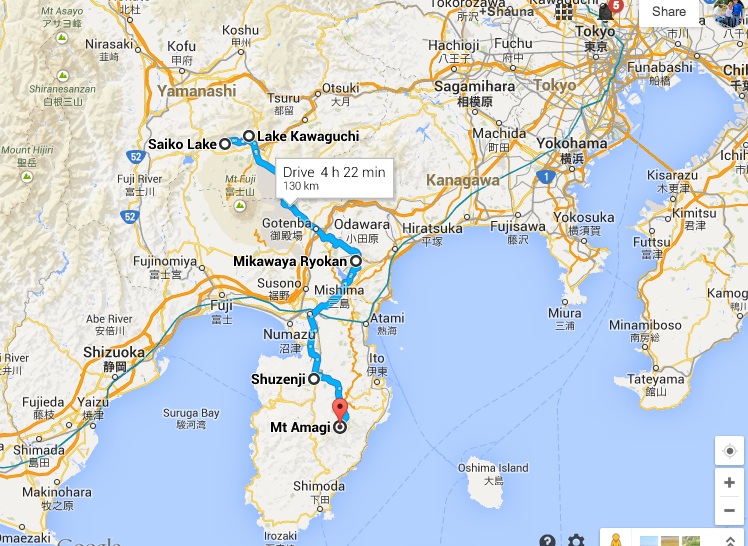
Things didn’t get off to quite that sunny of a start, however. Our first day of hiking was in the atmospheric and mysterious Aokigahara forest, and Amaterasu, the sun goddess, had called in sick.
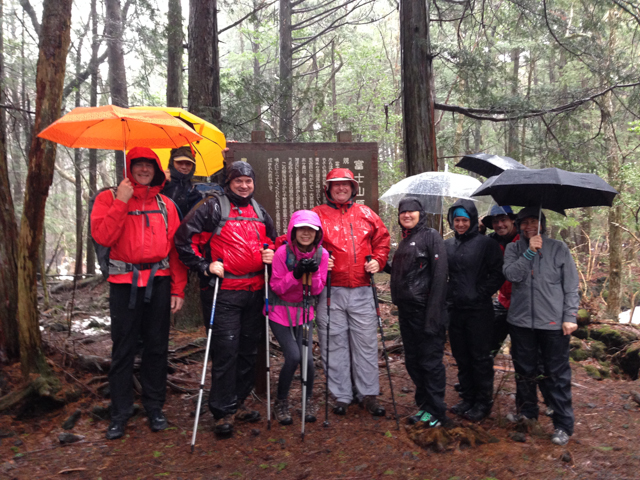
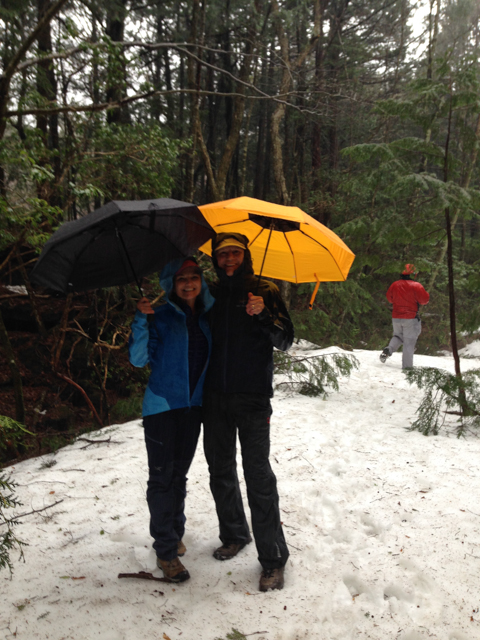
In 864, Mt Fuji erupted and the primeval forest that grew over the rocky landscape of ancient lava flows was named “Sea of Trees” because it’s green all year round and looks like an ocean. The wind-blocking density of the trees and the scarcity of wildlife make for a lush, but eerily quiet forest that has also gained a reputation as “The Suicide Forest”. It is said that there are at least 100 suicides there per year in the remote areas of the vast expanse of dense woodlands, but luckily we saw no evidence of what may, or may not, be urban legend.
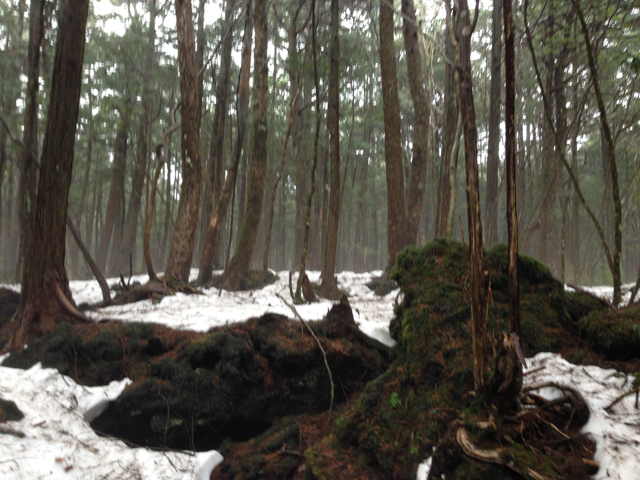
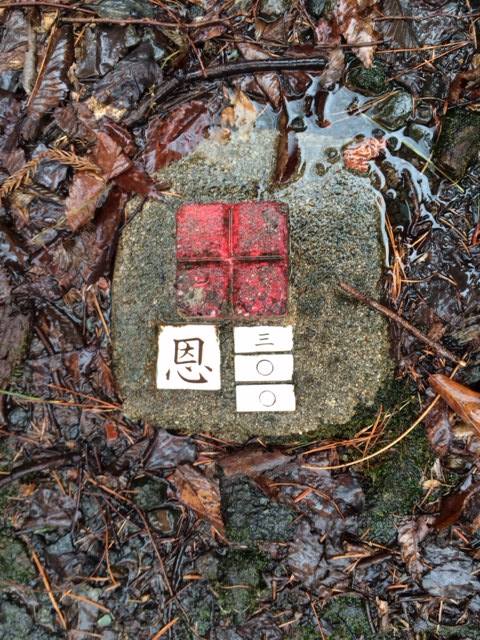
Day 2 dawned clear and bright; perfect timing for our hike above Lake Kawaguchi and picturesque views of Mt Fuji. Mount Fuji (富士山, Fujisan) is Japan’s highest mountain at 3,776 meters. It is not surprising that the nearly perfectly shaped volcano has been worshiped as a sacred mountain.
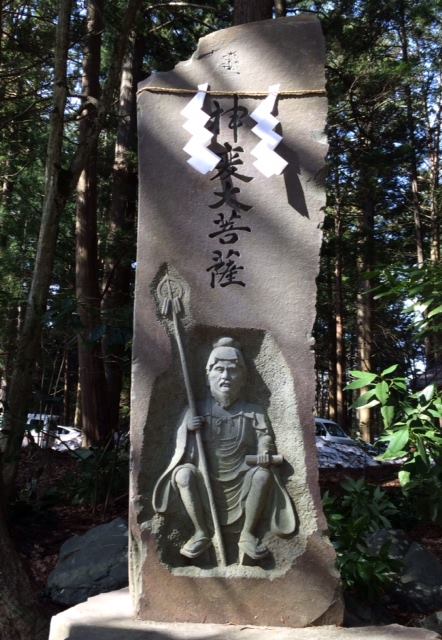
Mt Fuji is an active volcano, which most recently erupted in 1708. The only rumblings we heard (luckily?) were detonations from nearby military exercises.
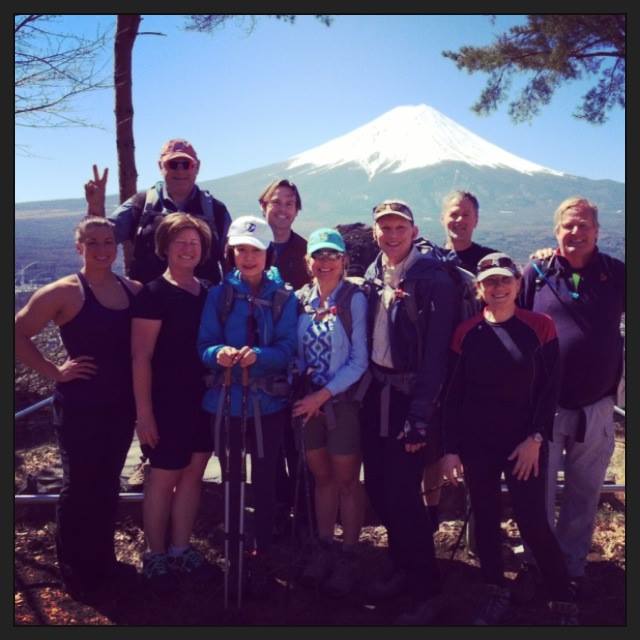
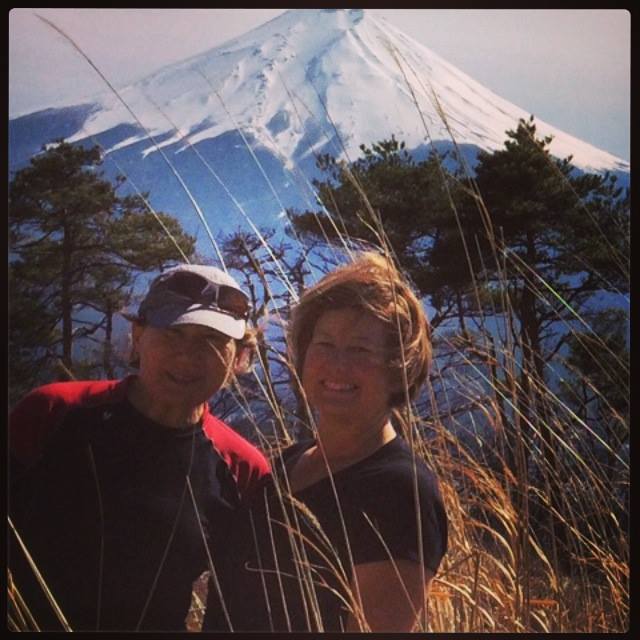
Our third day started with beautiful temples and shrines set in soaring cedars at the beginning of our Myojin-ga-take hike.
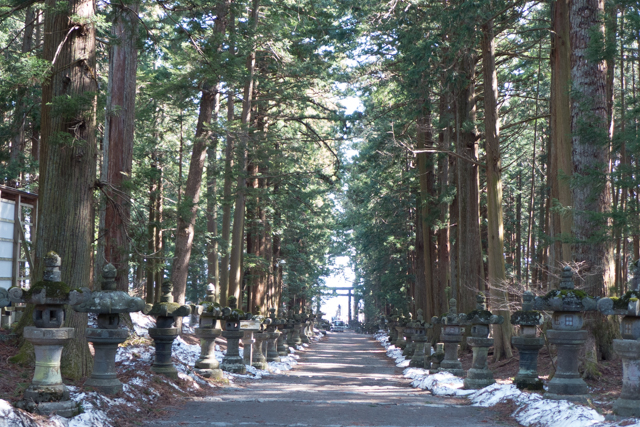
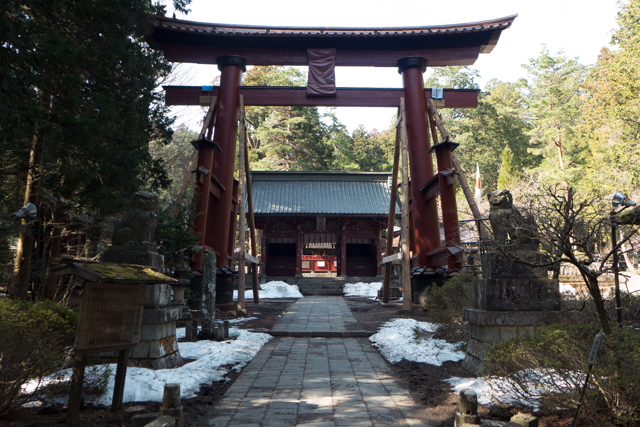
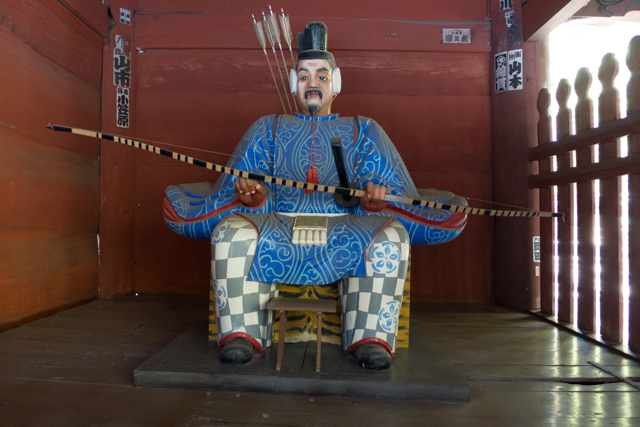
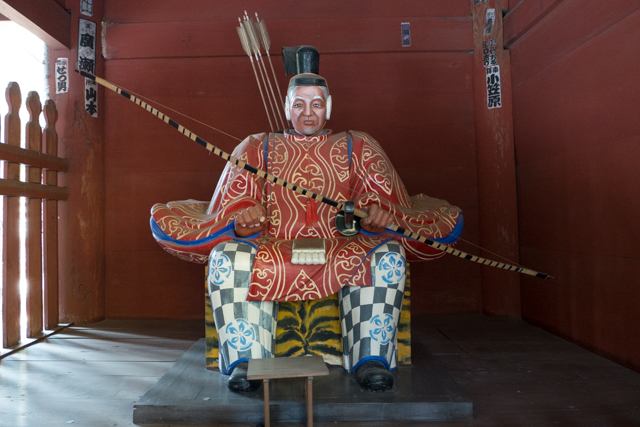
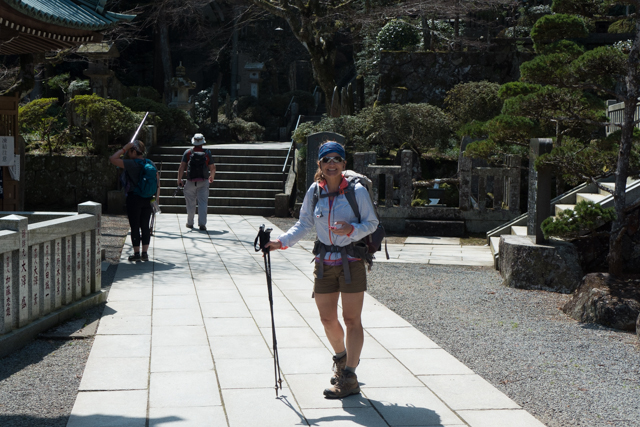
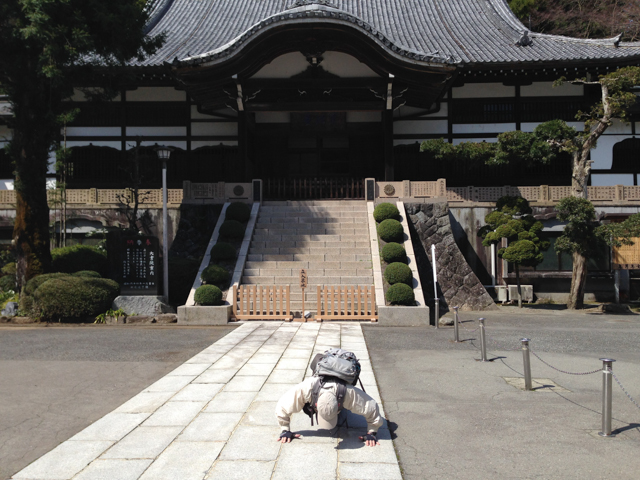
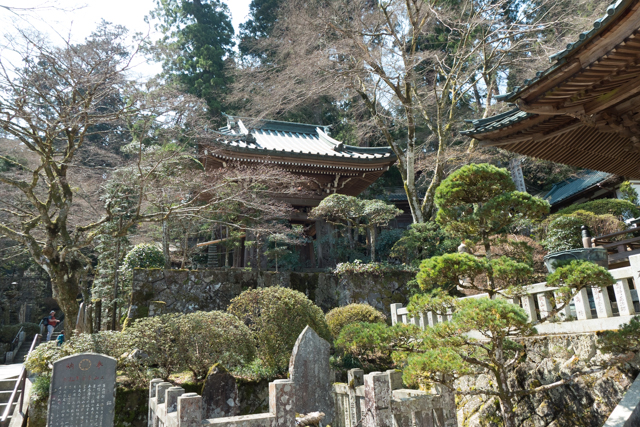
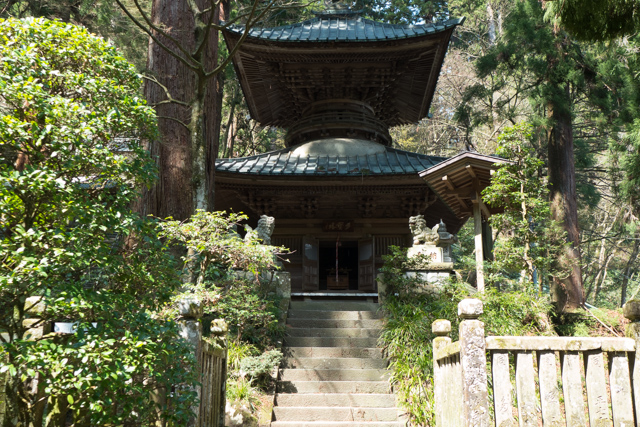
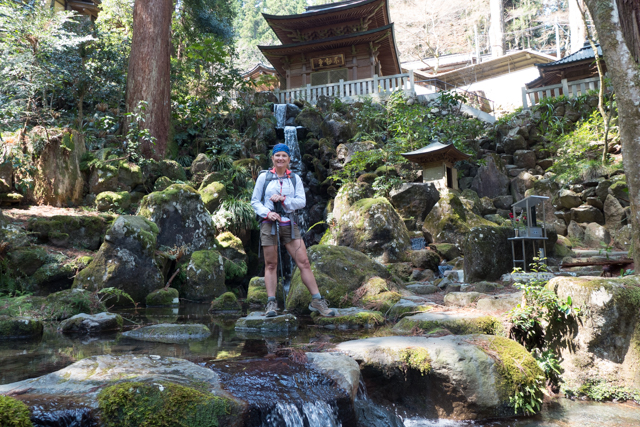
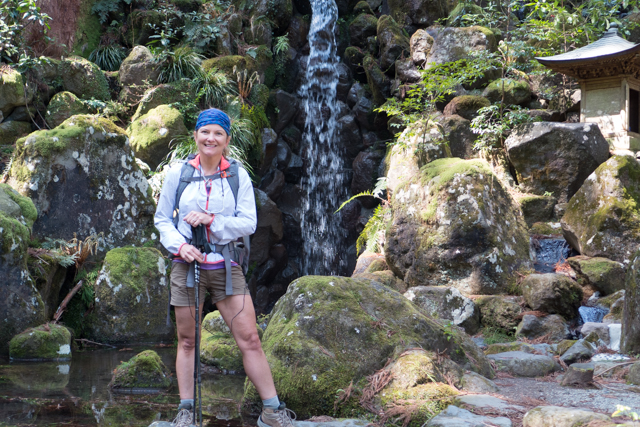
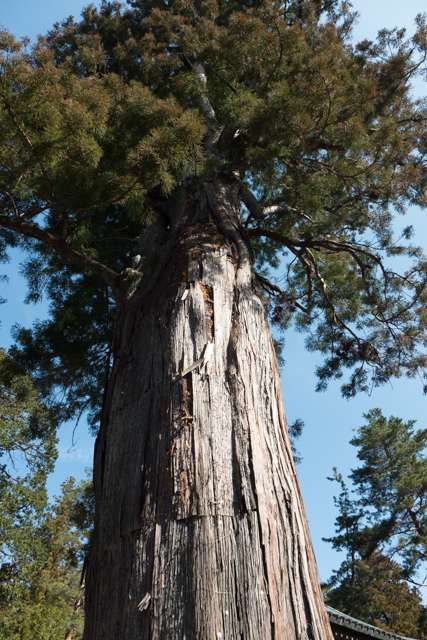
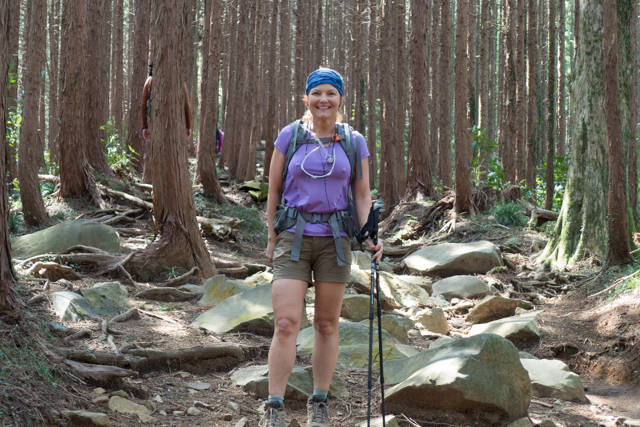
The next day, we walked along the Tōkaidō (東海道 East Sea Road). The Tōkaidō was the most important of the five historical routes connecting Edo (modern-day Tokyo) to Kyoto. Unlike the inland, mountainous and thus less heavily travelled Nakasendō, the Tōkaidō travelled along the sea coast, hence the route’s name. I’ll be doing a post soon about the history of this Edo Period but for now, here we are, walking in the footsteps of the famous daimyo – the feudal lords of the Shogun era.
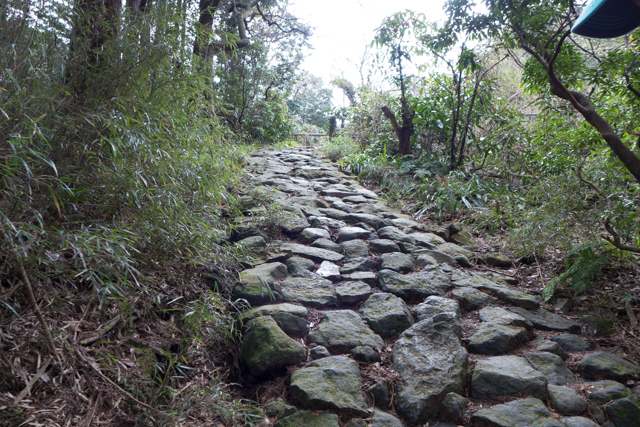
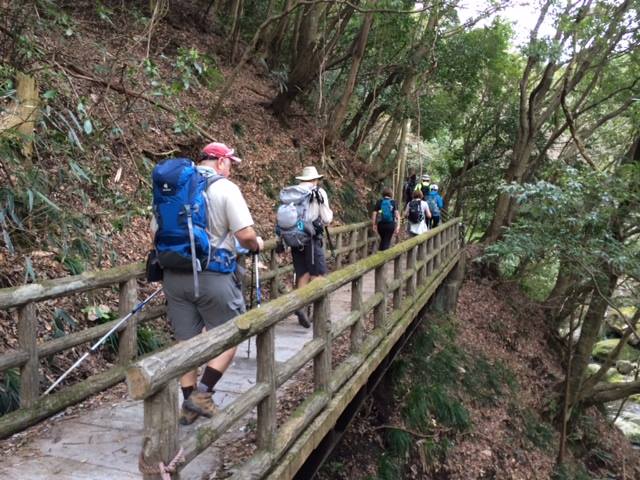
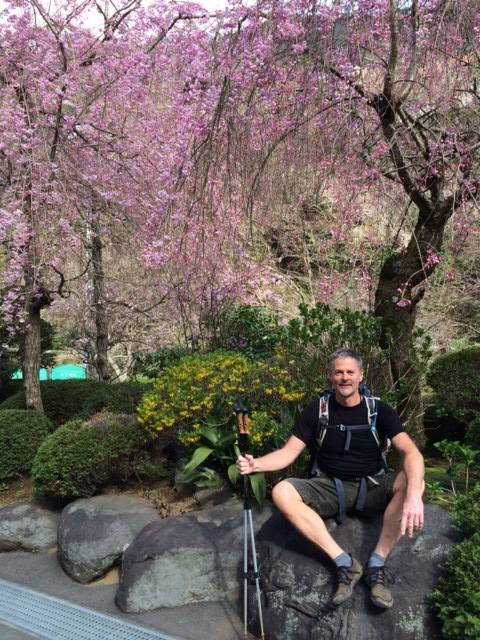
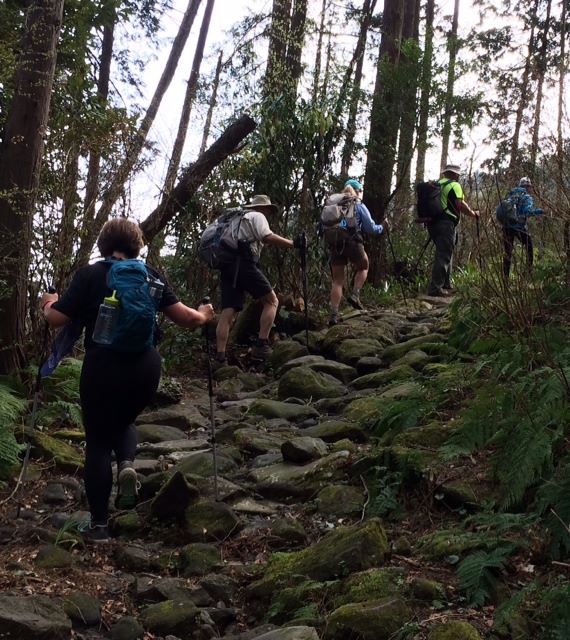
Our last full day of hiking dawned cool and rainy again, and it was a doozy of a hike (almost 10 miles, a couple thousand feet of elevation, slippery rocks, roots and mud). But the spectacular Japanese beech trees in the second half of the hike were more than enough reward for our hard work. The power of nature was palpable in this magnificent forest.
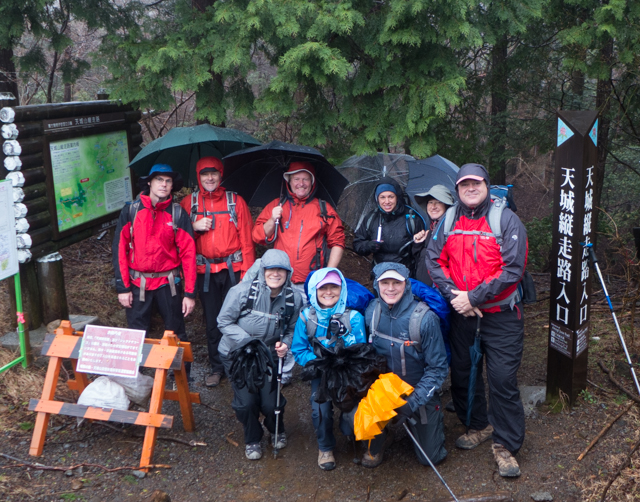
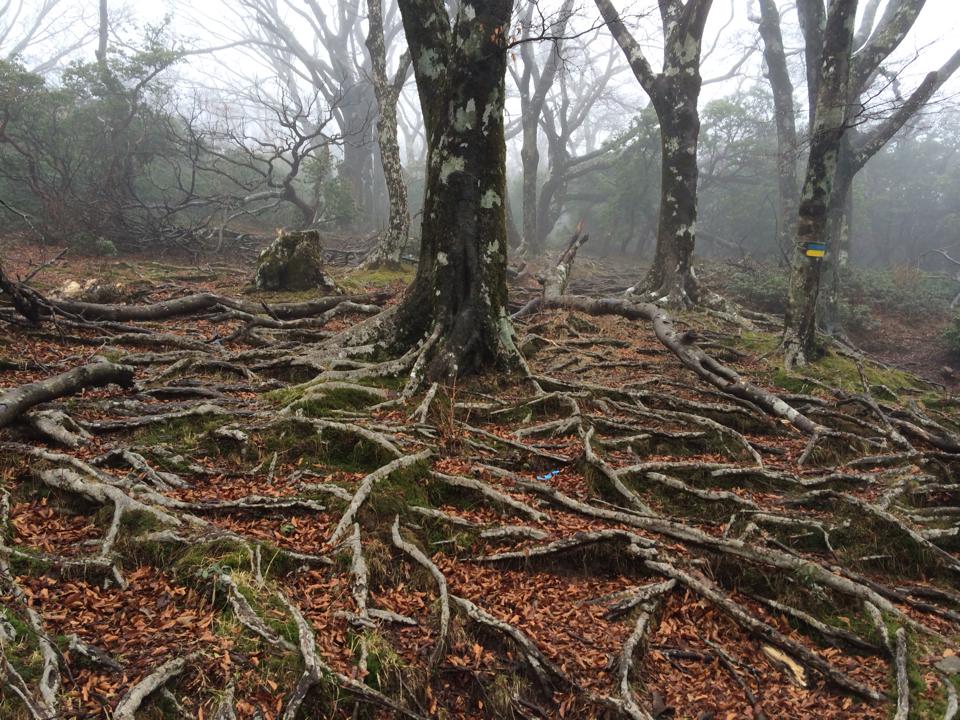
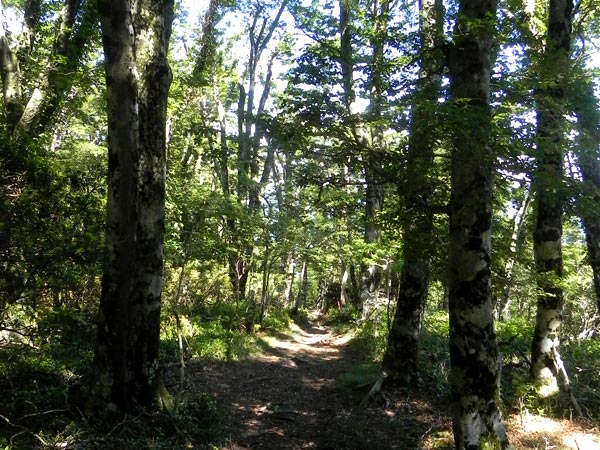
We ended our trek in the famous ancient capital of Kamakura. Kamakura (鎌倉) is a coastal town, less than an hour south of Tokyo. It became the political center of Japan under the Minamoto shogun in 1192. Today, it is a small popular tourist city due to its numerous temples, shrines and of course, the Giant Buddha.
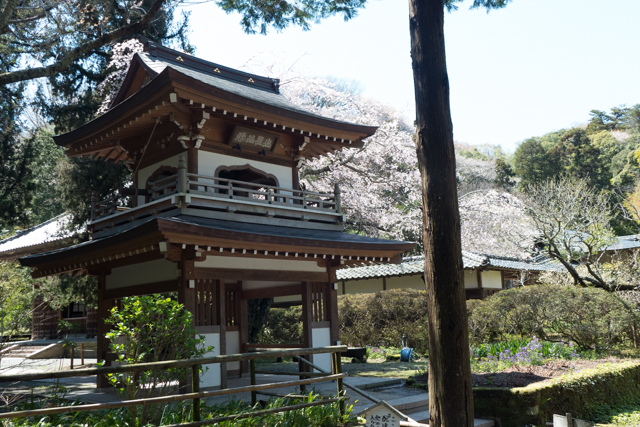
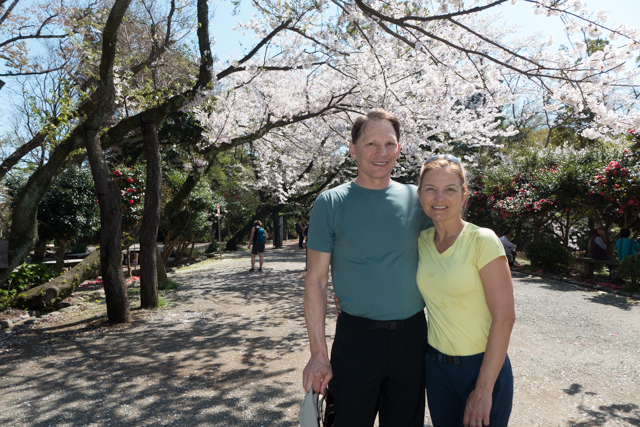
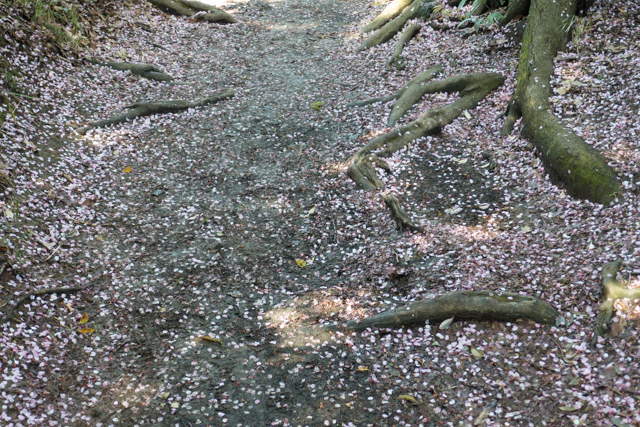
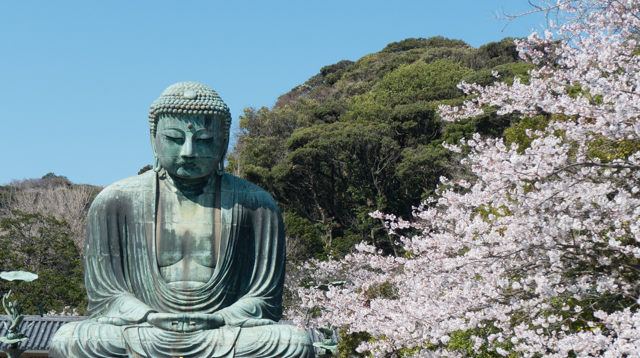

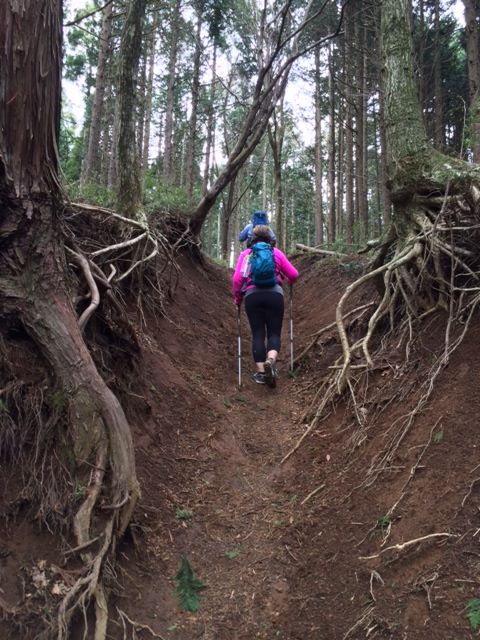
Great pictures!!